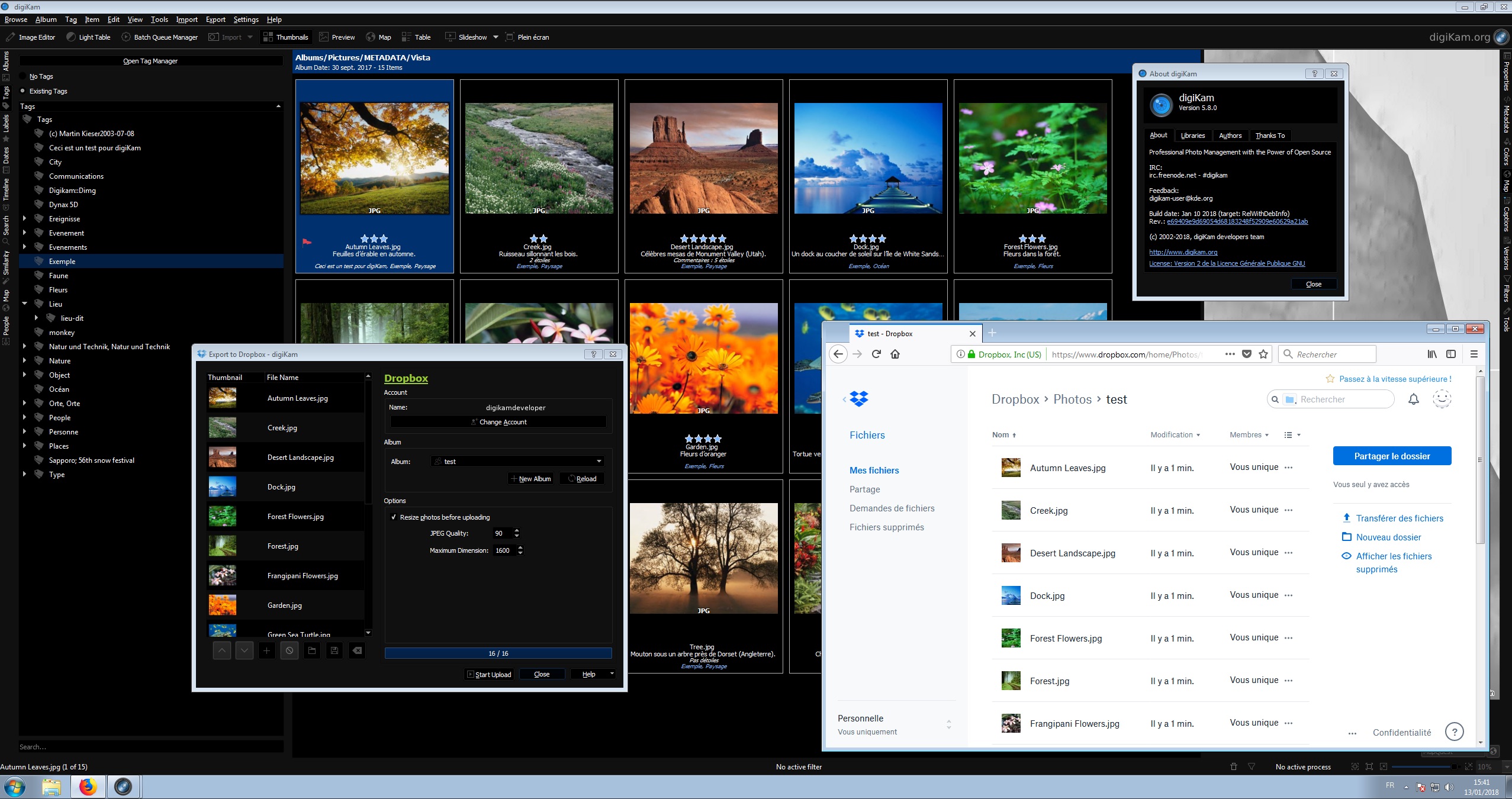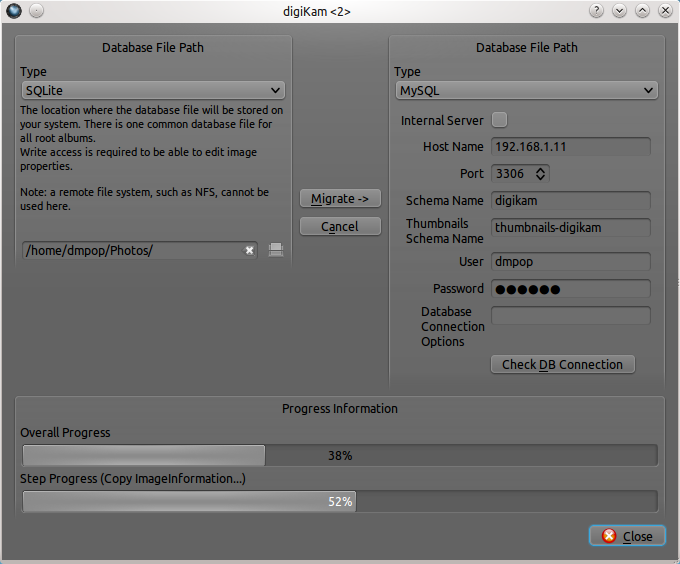

Manually resizing each photographs one by one will ensure you do not get time to do any other things & missing submission deadlines. The solution to this answer is “Batch Resize”.
Digikam home directory how to#
In this article, I’ll show you how to resize photographs in Digikam.ġ) Open Digikam & navigate to the directory which hold the photographs you want to be resized.Īs the name suggests, it means resizing photos in large quantities in one go.

Else you can select as per your preference.Ģ) Now click on “Batch Queue Manager” button below the menu bar. This will load the batch queue manager with the photographs you selected before. Under the “Base Tools/History” pane, navigate to “Resize” which can be found under “Transform”. Only one Exiv2 instance must be installed on computer.
Digikam home directory archive#
Double-click “Resize” to add it to the “Assigned Tools” pane.ģ) After doing the above you should see an option to set the width for the resized photographs. Archive mode is thought for people who want to archive tagged photos independently of digikams root directories and the photos therein. There is no > binary compatibilty between old Exiv2 releases and digiKam will be fragilized > in this case. > I recommend you to post this information somewhere in web site for users wiho > whant to compile digiKam and co. You can either select from the drop-down list or input the width dimension manually as per your preference. It is safe to say that digiKam (7.4) is the most powerful image metadata management photo gallery software. Once this is done, click “Run” button(below the menu bar) to start the resizing process. Unless you use command-line tools, there is no more universal program to read and write any metadata that you can imagine than digiKam (it even allows you to define new metadata namespaces to read and write data to, in case something is missing). Digikam should begin with the resizing process & open up the history tab automatically showing you the progress. You can configure the directories of the collections in the preferences. You can grab a coffee or go for a stroll as Digikam resizes your photographs. A collection is a base directory where media files are stored. Ensure any volume directories on the host are owned by the same user you specify and any permissions issues will vanish like magic. Depending on the number of photographs & the processing power of your computer, the process may take sometime to complete. Now that Digikam is on your system, you’ll need to put it somewhere. Once it is complete, you should get a prompt indicating it. In the terminal, use the mkdir command and create an AppImage folder. mkdir /AppImages Using the mv command, move the Digikam AppImage file to the new /AppImage directory. mv digikam-5.9.0-01-.appimage /AppImages Move the terminal into the AppImage folder with the CD command. All your resized photographs can now be found under the “Pictures” sub-directory under your home directory.


 0 kommentar(er)
0 kommentar(er)
